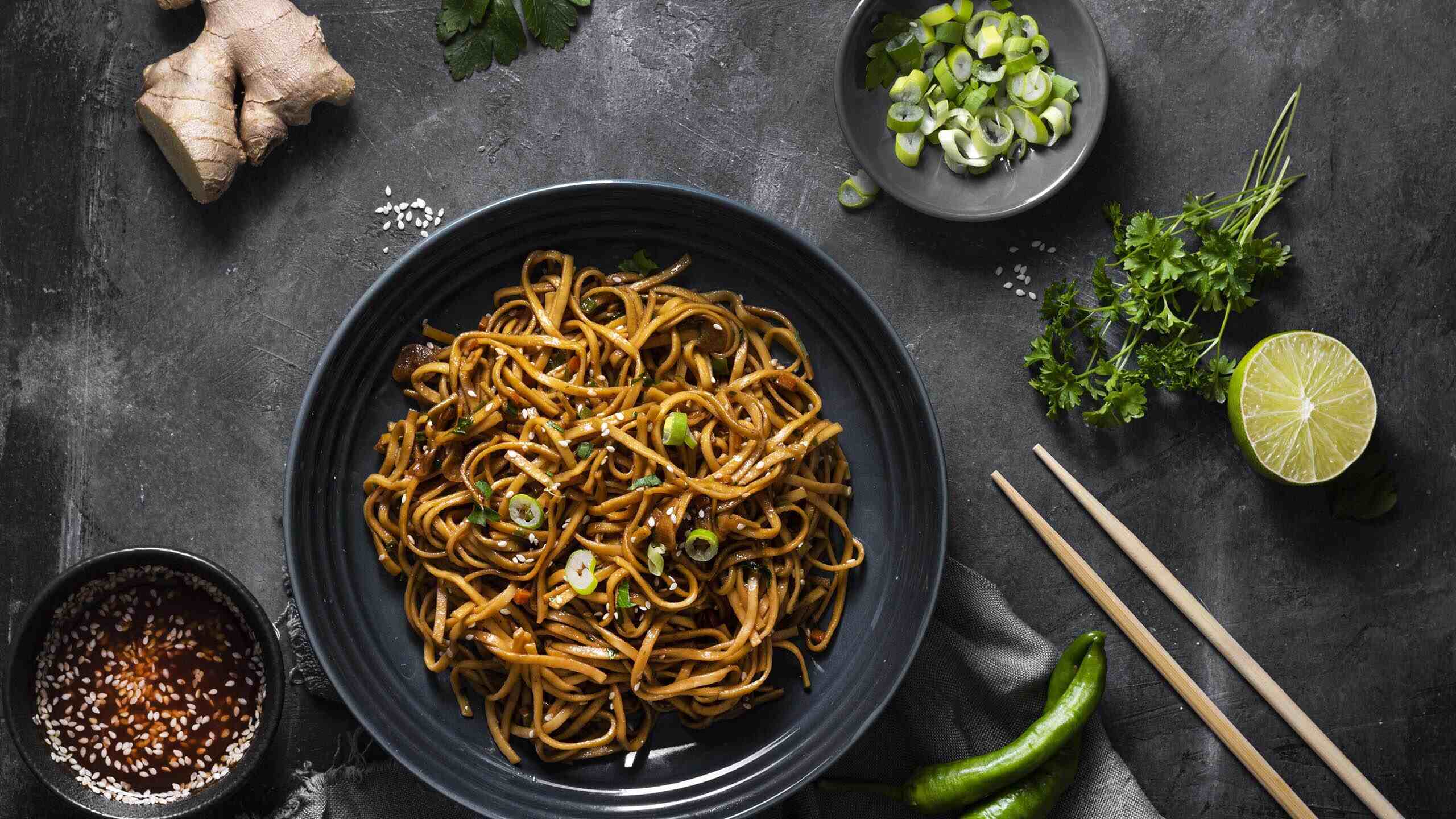
Chinese cuisine is a rich tapestry of flavors, techniques, and traditions that have evolved over thousands of years. Ever wondered why Chinese food tastes so unique? It's all about the balance of flavors—sweet, sour, salty, bitter, and umami. Did you know that China boasts eight major culinary regions, each with its own distinct style? From the spicy heat of Sichuan dishes to the delicate flavors of Cantonese cuisine, there's something for every palate. Street food plays a huge role in Chinese culture, offering everything from dumplings to skewers. Whether you're a fan of Peking duck or dim sum, Chinese cuisine offers endless variety and depth. Ready to dive into the world of Chinese food? Let's explore 25 fascinating facts that will make you appreciate this ancient culinary art even more!
The Rich History of Chinese Cuisine
Chinese cuisine boasts a rich history that spans thousands of years. Its evolution reflects the country's diverse geography, culture, and traditions.
-
Ancient Origins: Chinese cuisine dates back over 4,000 years. Early records show that rice, millet, and wheat were staple foods.
-
Imperial Influence: During the Tang and Song dynasties, culinary arts flourished. Chefs created elaborate dishes for the imperial court.
-
Silk Road Impact: The Silk Road introduced new ingredients like walnuts, pomegranates, and cucumbers to Chinese cooking.
-
Regional Diversity: China has eight major culinary regions, each with unique flavors and techniques. These include Sichuan, Cantonese, and Hunan cuisines.
Unique Ingredients and Techniques
Chinese cuisine is known for its unique ingredients and cooking techniques that create distinct flavors and textures.
-
Soy Sauce: A staple in Chinese cooking, soy sauce adds umami and depth to dishes. It’s made from fermented soybeans.
-
Five-Spice Powder: This blend of star anise, cloves, Chinese cinnamon, Sichuan peppercorns, and fennel seeds is essential in many recipes.
-
Wok Cooking: The wok is a versatile tool used for stir-frying, deep-frying, steaming, and more. Its shape allows for even heat distribution.
-
Dim Sum: Originating from Cantonese cuisine, dim sum consists of small, bite-sized portions served in steamer baskets or on small plates.
Popular Dishes and Their Origins
Many Chinese dishes have fascinating stories behind them, reflecting the culture and history of the regions they come from.
-
Peking Duck: This famous dish from Beijing features crispy skin and tender meat. It dates back to the Yuan Dynasty.
-
Kung Pao Chicken: Originating from Sichuan province, this spicy stir-fry includes chicken, peanuts, and chili peppers.
-
Mapo Tofu: Another Sichuan favorite, mapo tofu combines tofu with minced meat in a spicy, numbing sauce.
-
Sweet and Sour Pork: This dish, with its tangy sauce, is a staple in Cantonese cuisine and popular worldwide.
Festivals and Food
Chinese festivals are often celebrated with special foods that hold cultural significance.
-
Mooncakes: Eaten during the Mid-Autumn Festival, mooncakes symbolize unity and togetherness.
-
Dumplings: During Chinese New Year, families make dumplings, which symbolize wealth and prosperity.
-
Zongzi: These sticky rice dumplings wrapped in bamboo leaves are enjoyed during the Dragon Boat Festival.
-
Nian Gao: This sticky rice cake is a New Year’s treat believed to bring good luck.
Health and Balance in Chinese Cuisine
Chinese cuisine emphasizes balance and harmony, not just in flavors but also in health benefits.
-
Yin and Yang: Chinese cooking often balances yin (cooling) and yang (warming) foods to maintain health.
-
Herbal Ingredients: Ingredients like ginger, garlic, and ginseng are used for their medicinal properties.
-
Tea Culture: Tea is an integral part of Chinese dining. Green tea, oolong, and pu-erh are popular varieties.
-
Soup Tradition: Soups, often made with medicinal herbs, are believed to nourish the body and soul.
Modern Influences and Global Impact
Chinese cuisine continues to evolve, influenced by modern trends and global interactions.
-
Fusion Cuisine: Modern chefs blend Chinese techniques with other culinary traditions, creating innovative dishes.
-
Street Food: Street vendors offer a variety of snacks like jianbing (savory crepes) and baozi (steamed buns).
-
Chinese Restaurants Worldwide: Chinese cuisine has a global presence, with restaurants in nearly every country.
-
Food Delivery Apps: In China, food delivery apps have revolutionized how people enjoy traditional and modern dishes.
-
Celebrity Chefs: Chefs like Martin Yan and Ken Hom have popularized Chinese cooking through TV shows and cookbooks.
The Final Bite
Chinese cuisine offers a rich tapestry of flavors, ingredients, and cooking techniques that have captivated food lovers worldwide. From the delicate balance of sweet and sour in dishes like Sweet and Sour Pork to the intricate art of Dim Sum, there's always something new to discover. The use of regional ingredients and traditional methods ensures that each dish tells a story of its origin. Whether you're a fan of spicy Sichuan dishes or the subtle flavors of Cantonese cuisine, Chinese food has something for everyone. Next time you sit down for a meal, remember the history and culture that each bite represents. Enjoy exploring the diverse world of Chinese cuisine, and don't be afraid to try something new. Happy eating!
Was this page helpful?
Our commitment to delivering trustworthy and engaging content is at the heart of what we do. Each fact on our site is contributed by real users like you, bringing a wealth of diverse insights and information. To ensure the highest standards of accuracy and reliability, our dedicated editors meticulously review each submission. This process guarantees that the facts we share are not only fascinating but also credible. Trust in our commitment to quality and authenticity as you explore and learn with us.


